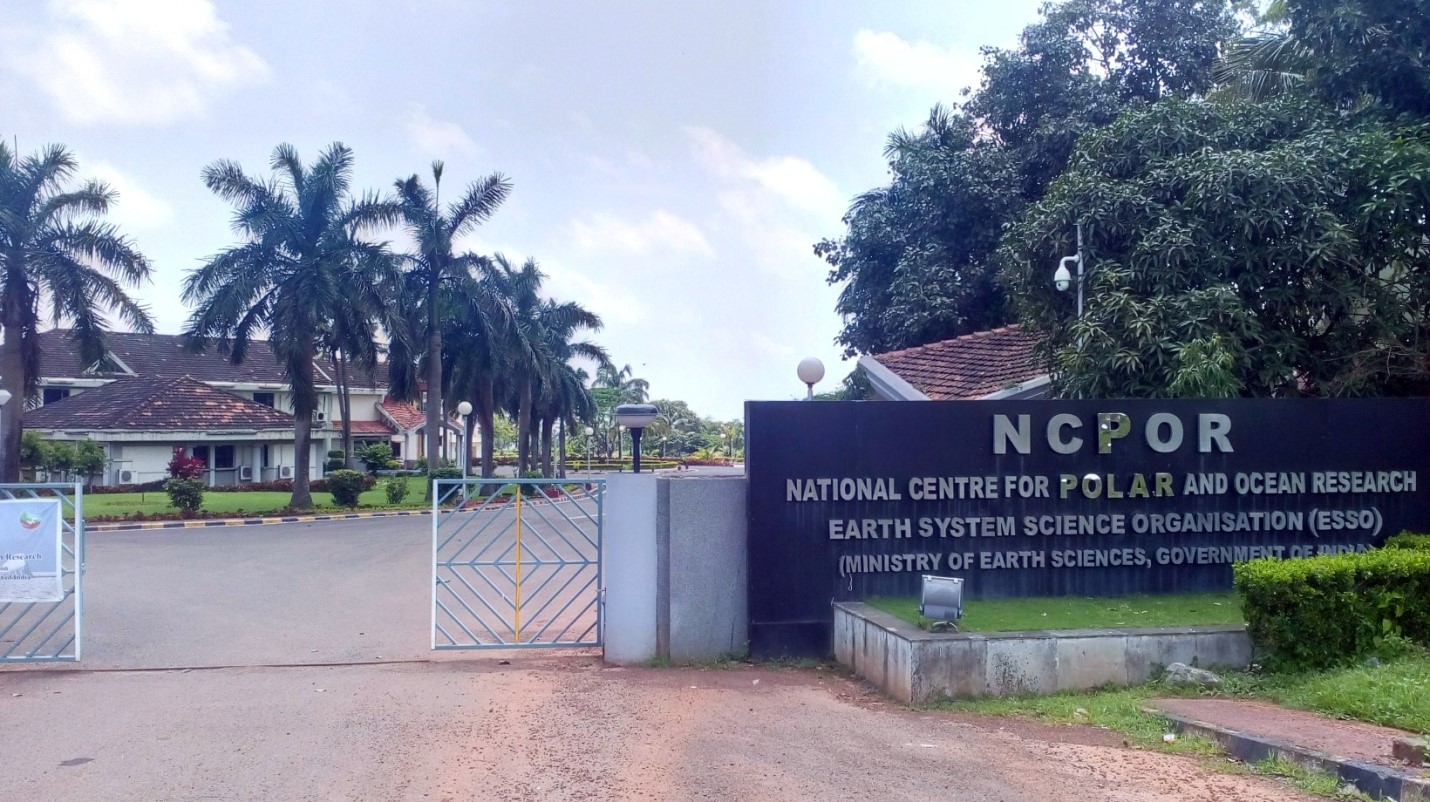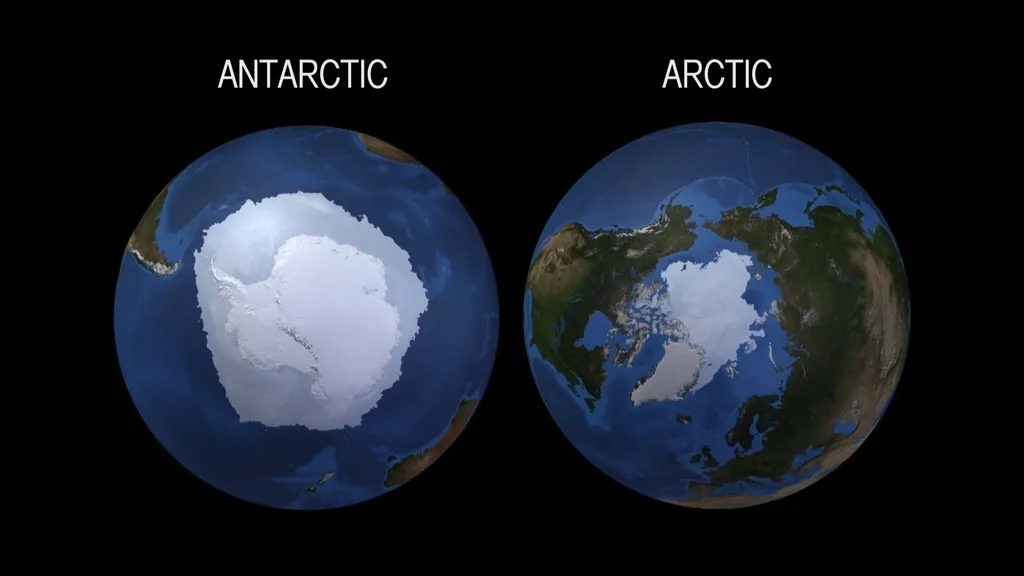Description

Copyright infringement not intended
Picture Courtesy: https://en.wikipedia.org/wiki/National_Centre_for_Polar_and_Ocean_Research
Context: The recent study conducted by the National Centre for Polar and Ocean Research (NCPOR), in collaboration with the British Antarctic Survey, sheds light on the mystery surrounding the extremely low sea ice cover in the Antarctic and the factors contributing to this phenomenon.
Details
- The study highlights the contrasting trends in sea ice cover between the Arctic and Antarctic due to global warming. While the Arctic has experienced significant ice loss over the past decade, the Antarctic initially saw a moderate increase until 2015, followed by a sudden decline from 2016 onwards.
- The period from 2016 to 2023 witnessed particularly low sea ice conditions during Antarctic summers, culminating in an unprecedented slow ice expansion or retreat in 2023.
Key Findings of the Study
- Upper-Ocean Heat Contribution: Excessive heat in the upper ocean played a crucial role in hindering ice expansion in 2023. Warmer ocean waters can prevent the formation and expansion of sea ice.
- Atmospheric Circulation Changes: Significant changes in atmospheric circulation patterns were observed, notably the deepening and eastward shift of the Amundsen Sea Low. This shift resulted in strong northerly winds across the Weddell Sea, causing the ice edge to remain further south than usual.
- Impact of Wind Patterns: Unusual wind patterns, including the strengthening of atmospheric blocks and polar cyclones, contributed to rapid changes in ice extent. These patterns led to episodes of slow ice expansion or even retreat in certain areas.
- Effects on Climate and Ecosystems: The record low ice conditions have significant implications for global warming amplification (through the ice-albedo feedback process), Southern Ocean life, regional ecosystems, ocean circulation, ice shelf stability, and sea level rise.

About NCPOR
- The National Centre for Polar and Ocean Research (NCPOR), formerly known as the National Centre for Antarctic and Ocean Research (NCAOR), is a prominent Indian research and development institution located in Vasco da Gama, Goa.
- Established in 1998, NCPOR operates as an autonomous institution under the Department of the Ministry of Earth Sciences. It has a primary mandate to administer the Indian Antarctic Programme and oversee India's research activities in the polar and ocean sciences.
Key Highlights and Functions of NCPOR
- It conducts research and development activities primarily focused on Polar Regions (Antarctica) and ocean sciences. It plays a vital role in advancing scientific knowledge related to climate change, oceanography, glaciology, and related fields.
- It manages and maintains India's Antarctic research stations, Bharati and Maitri, as part of the Indian Antarctic Programme. These stations serve as important bases for scientific research and international collaboration.
- It actively participates in global experiments and hosts international conferences related to Antarctic science. It also leads international committees dedicated to advancing Antarctic research.
- Apart from Antarctic research, NCPOR operates the Himadri and IndARC Arctic research stations in Svalbard, Norway. These stations facilitate research in the Arctic region and contribute to understanding climate dynamics.
|
In 2016, NCPOR established a high-altitude research station named Himansh in the Himalayas, situated above 13,500 feet in Spiti, Himachal Pradesh. This station supports research on high-altitude environments and climate studies.
|
Conclusion
- The study highlights the complex interaction of oceanic and atmospheric processes that contribute to variations in Antarctic Sea ice size, as well as the broader consequences for global climate dynamics and Southern Ocean ecosystem health.
Must Read Articles:
ANTARCTICA
Ancient landscape under Antarctic ice
Source:
PIB
National Centre for Polar and Ocean Research
|
PRACTICE QUESTION
Q. Melting permafrost beneath Antarctic glaciers contains organic material and microbes that have been frozen for millennia. What potential exists for these newly released materials to interact with the ocean and atmosphere, creating unforeseen feedback loops that could further accelerate climate change?
|
















